- 98143 70700
- info@thehermitage.rehab
- 22, Circular road, Opp. VR Ambarsar, Amritsar
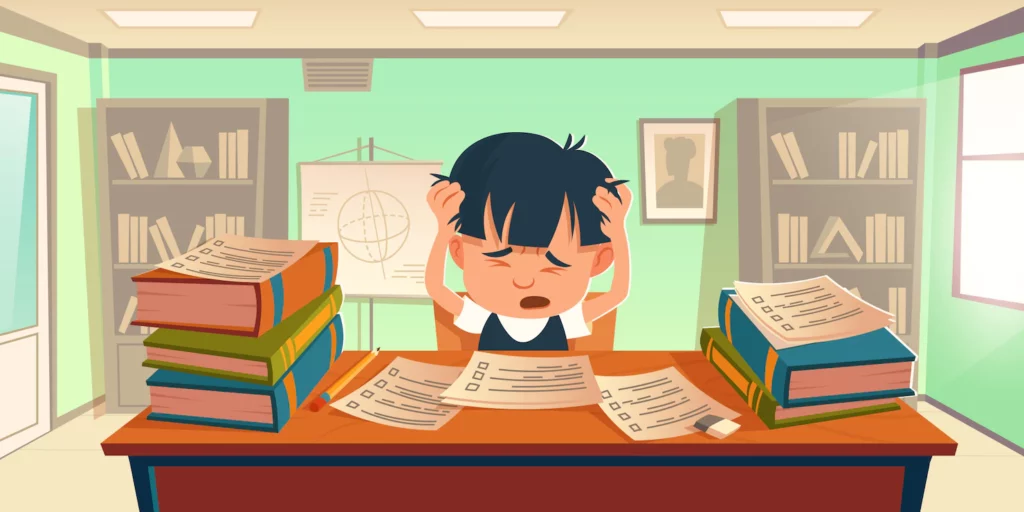
Specific Learning Disorders (SLDs) are defined as “heterogeneous group of conditions wherein there is a deficit in processing language, spoken or written, that may manifest itself as a difficulty to comprehend, speak, read, write, spell, or to do mathematical calculations.
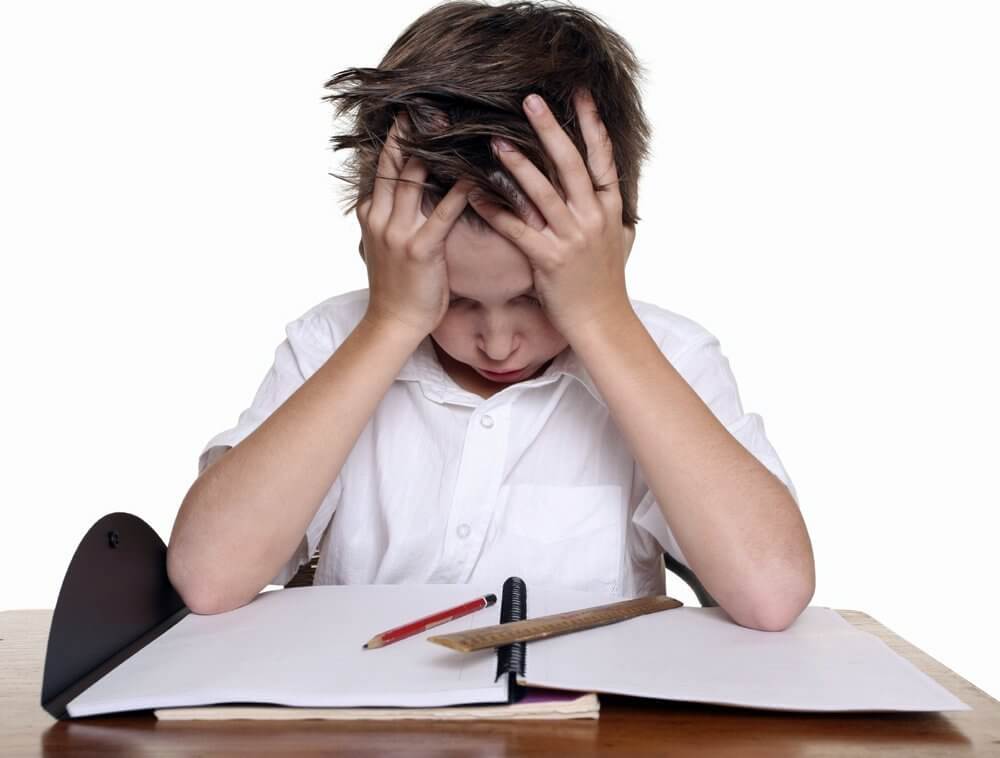
DYSLEXIA (Reading disability is the most common Learning Disorder (LD), accounting for at least 80% of all LDs.
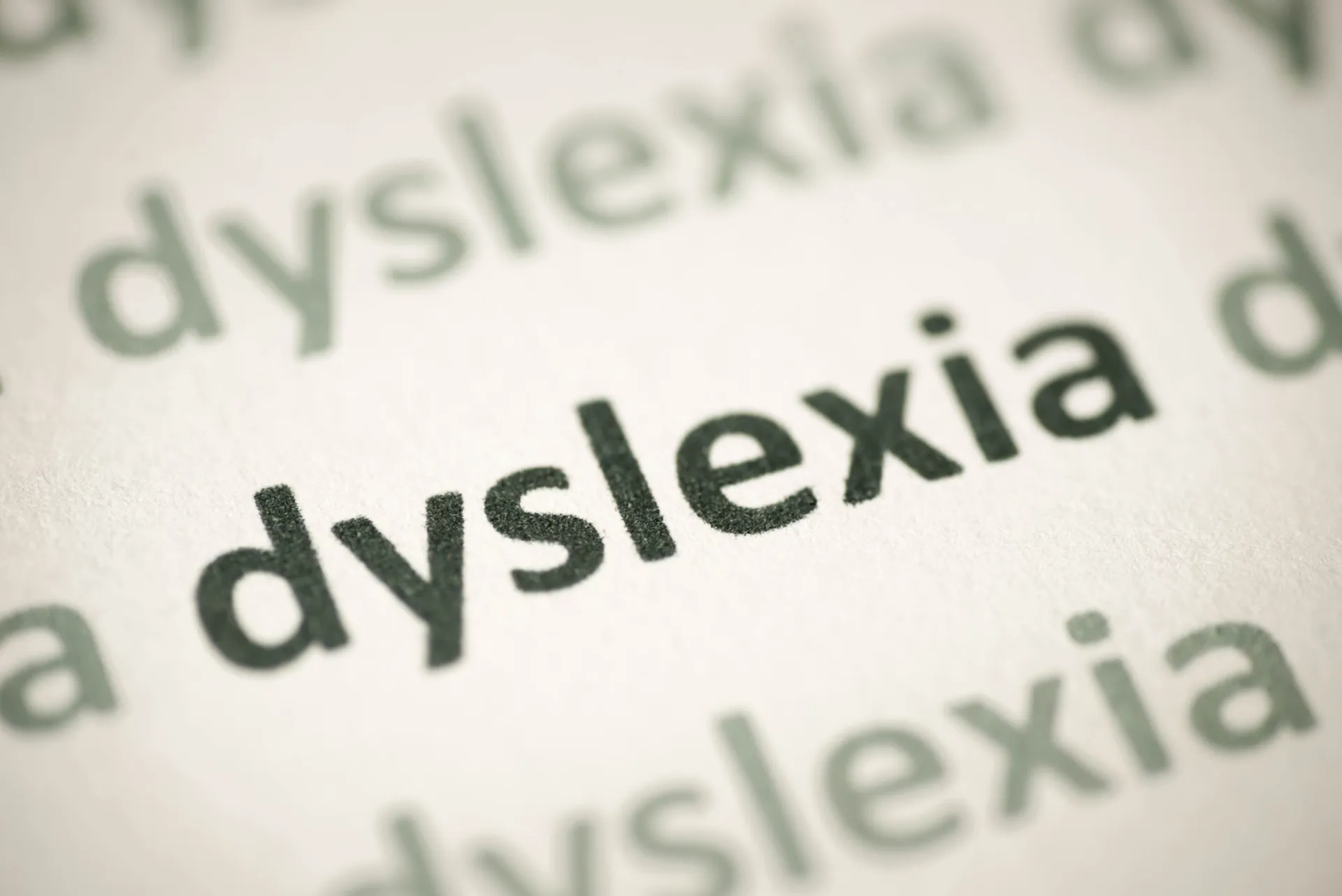
For example, The brown dog was quick and fast.
The drown bog was quick and fast. (Letter Confusion)
Th ebro wnd ogwa squick an dfa st. (Random Spacing)
Teh brown ogd was qiuke adn fast (Word-Letter Mixture)
DYSCALCULIA is generally characterized by difficulty in learning or understanding mathematical operations.
21 = 12 6 = 9
5007 as “five hundred seven”
576 as “five seven six”
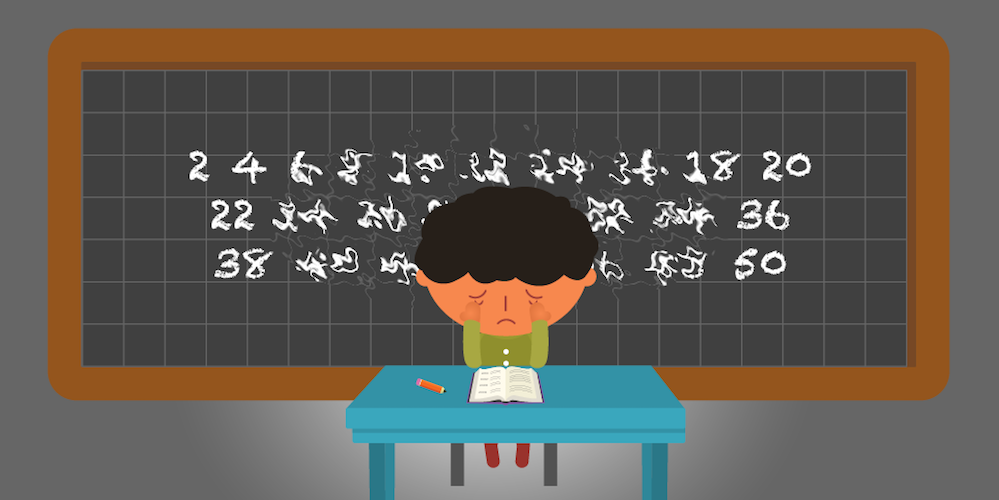
DYSGRAPHIA affects writing abilities (difficulty in expressing thoughts in writing).
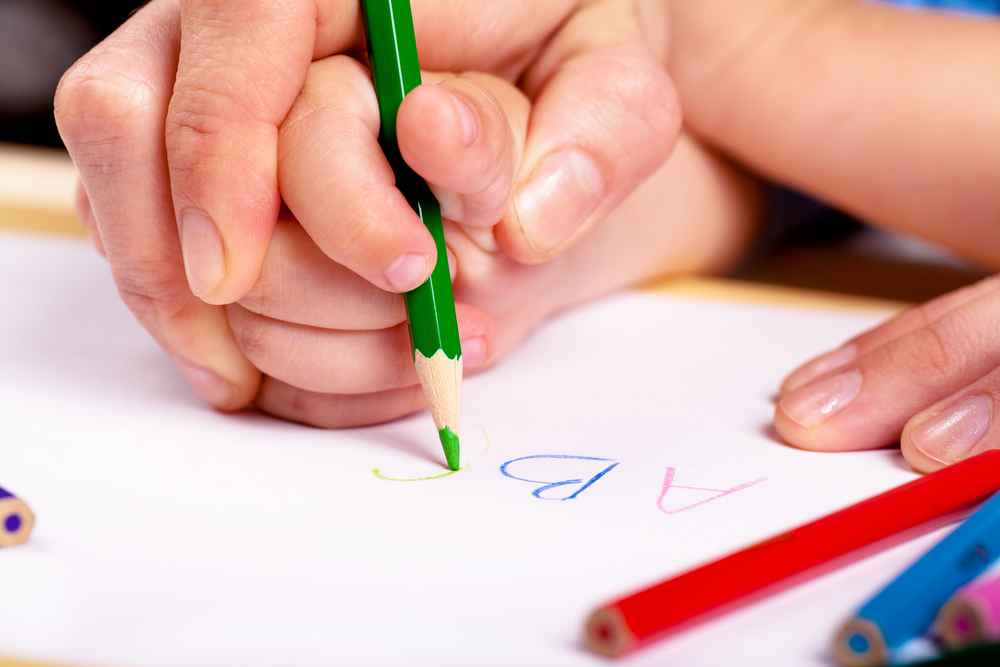
Specific learning disorders can be successfully managed throughout one’s life. People with specific learning disorders can go on to become skilled learners and may be able to build on strengths for example, are often particularly creative and able to think outside-of-the-box.
Early intervention is key for people with specific learning disorder. If problems are identified early, intervention can be more effective, and children can avoid going through extended problems with schoolwork and related low self-esteem.
Assessment of children with SLD by a team of trained professionals which includes child psychiatrist, psychologist is very important. The assessment may include multiple sessions of psychological testing along with detailed interview with parents and review of child’s school work (notebooks, answer sheets, homework copies etc.)
Special education services can help children with learning difficulties improve reading, writing and math. Effective interventions involve systematic, intensive, individualized instruction that may improve the learning difficulties and/or help the individual use strategies to compensate for their disorder. Education for a person with learning disorders often involves multimodal teaching – using multiple senses.
Medications may be indicated for comorbid disorders such as ADHD and anxiety. Research has shown that the most effective treatments for reading disorder are structured, targeted strategies that address phonological awareness, decoding skills, comprehension and fluency.
Treatments for writing problems are in two general areas: the process of writing and the process of composing written expression. Treatment for dyscalculia often includes multi sensory instruction to help kids understand math concepts.
WhatsApp us